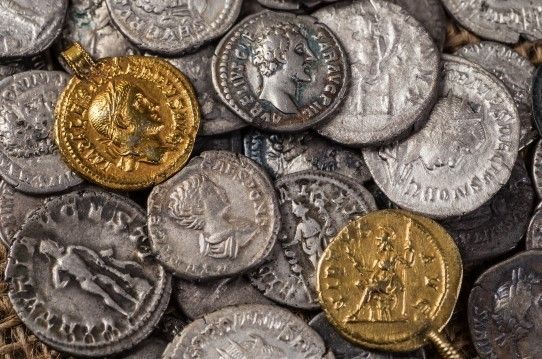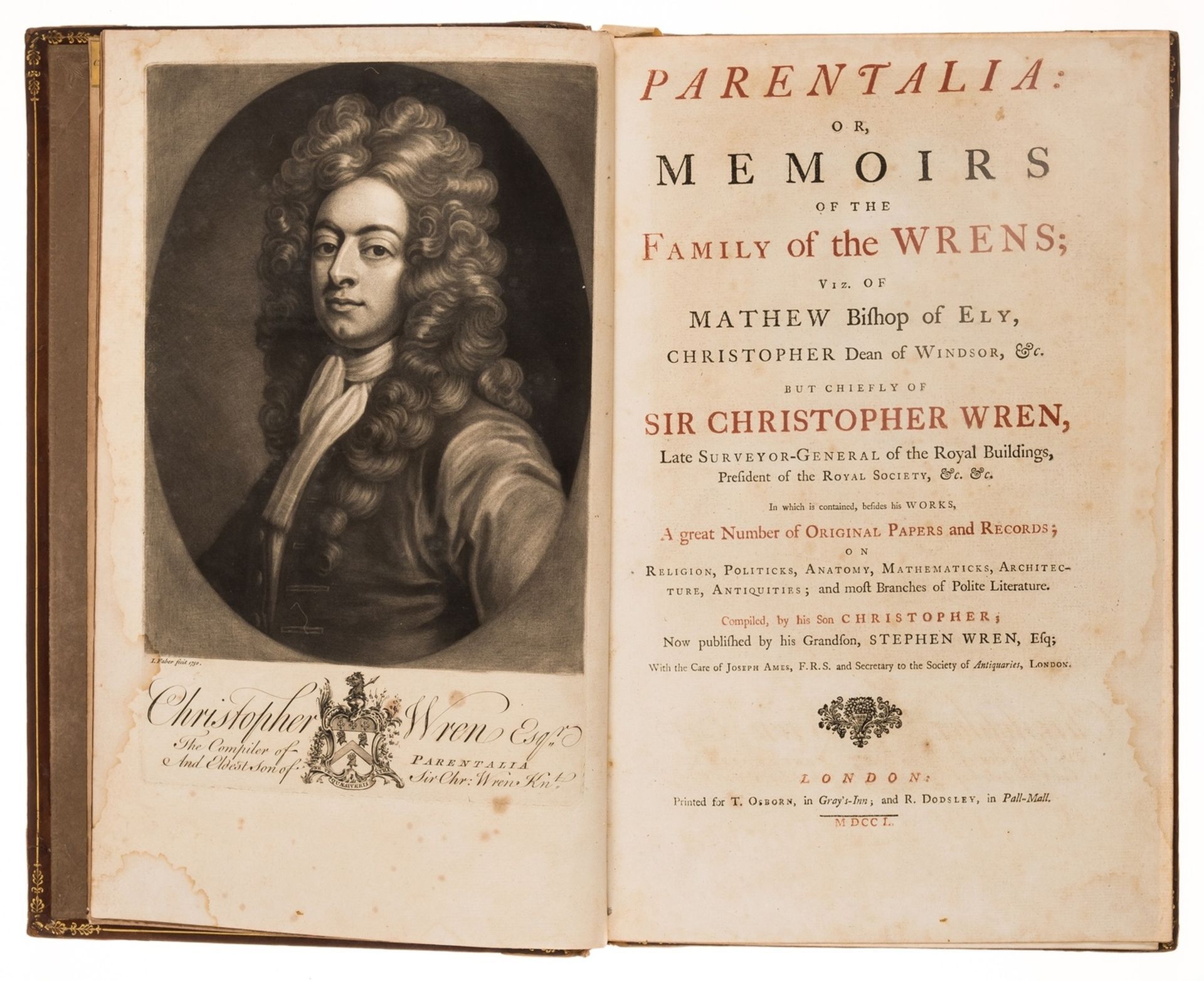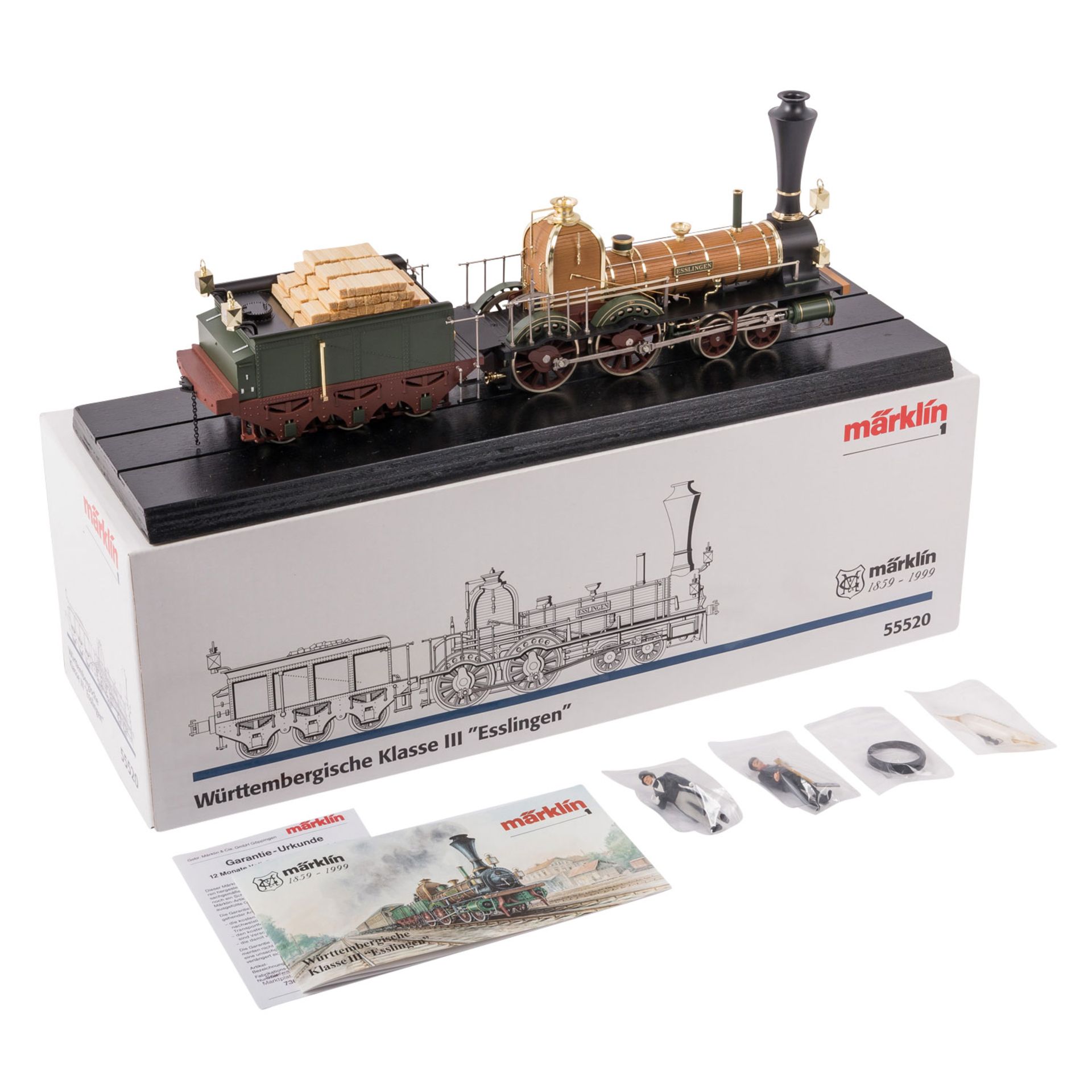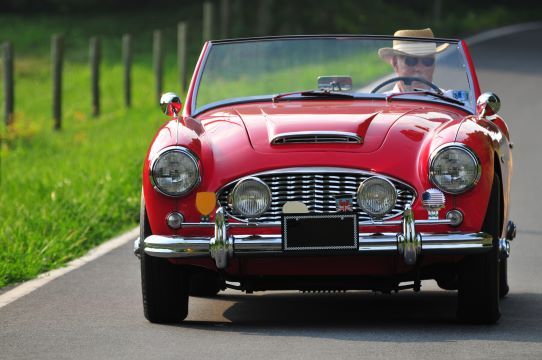Ca. 300 - 200 BC. A complete set of Hellenistic bronze-plated embossed silver phalerae plates from an ancient horse harness. The six phalerae on t...
Sammlerobjekte Auktionen
Beliebte Kategorien
Antike Landkarten
Musikinstrumente & Memorabilia
Banknoten & Wertpapiere
Sport Memorabilia & Ausrüstungen
Briefmarken
Schreibgeräte
Kameras & Fotoausrüstungen
Unterhaltung Memorabilia
Religiöse & Sakrale Kunst
Wissenschaftliche Instrumente
Waffen, Rüstungen & Militaria
Wein & Spirituosen
Präparate & Naturkundliches
Küchenutensilien
Werkzeug
Eisenbahngeschichte
Ausgewählte Auktionen
Kommende Auktionen
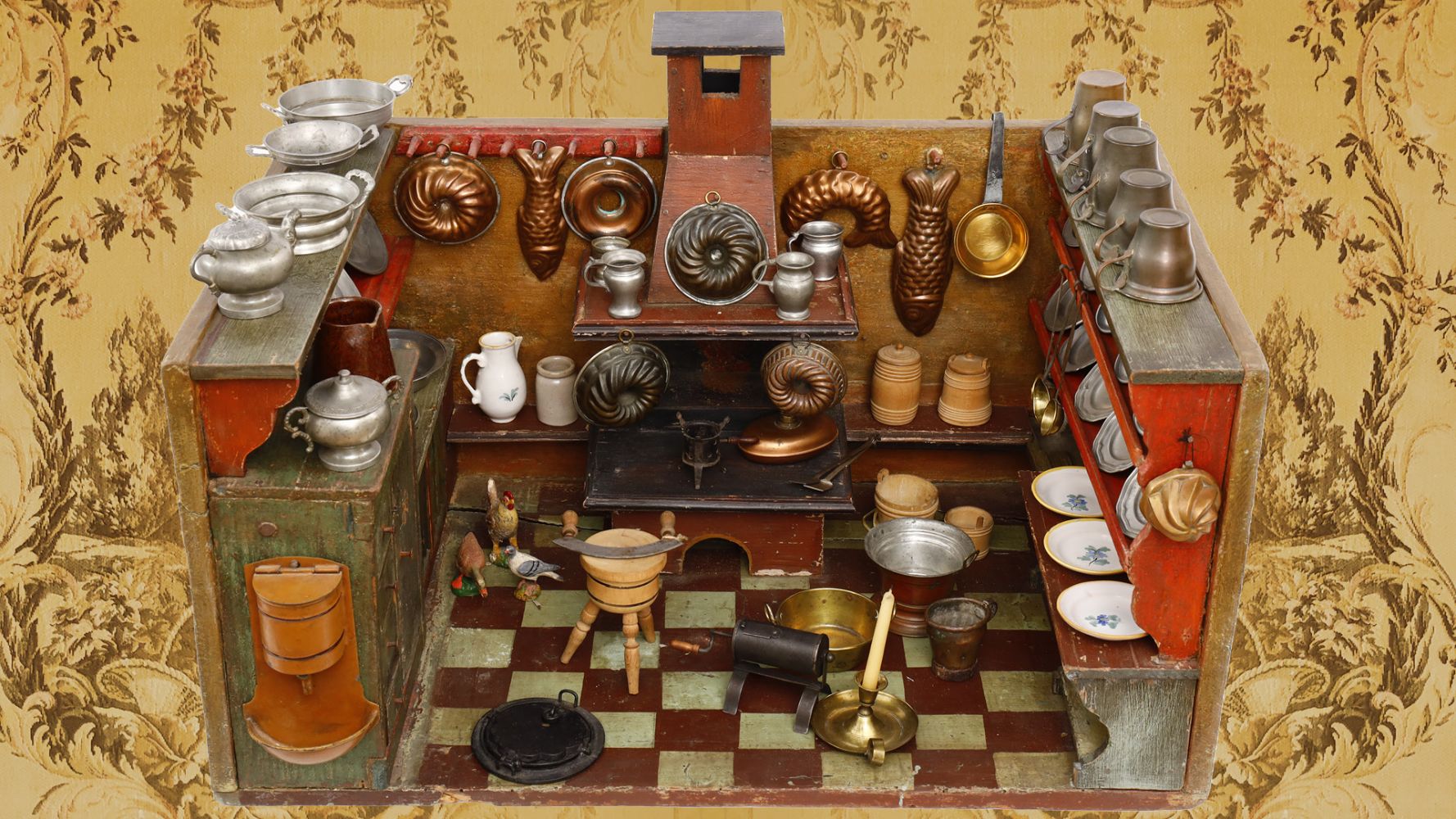


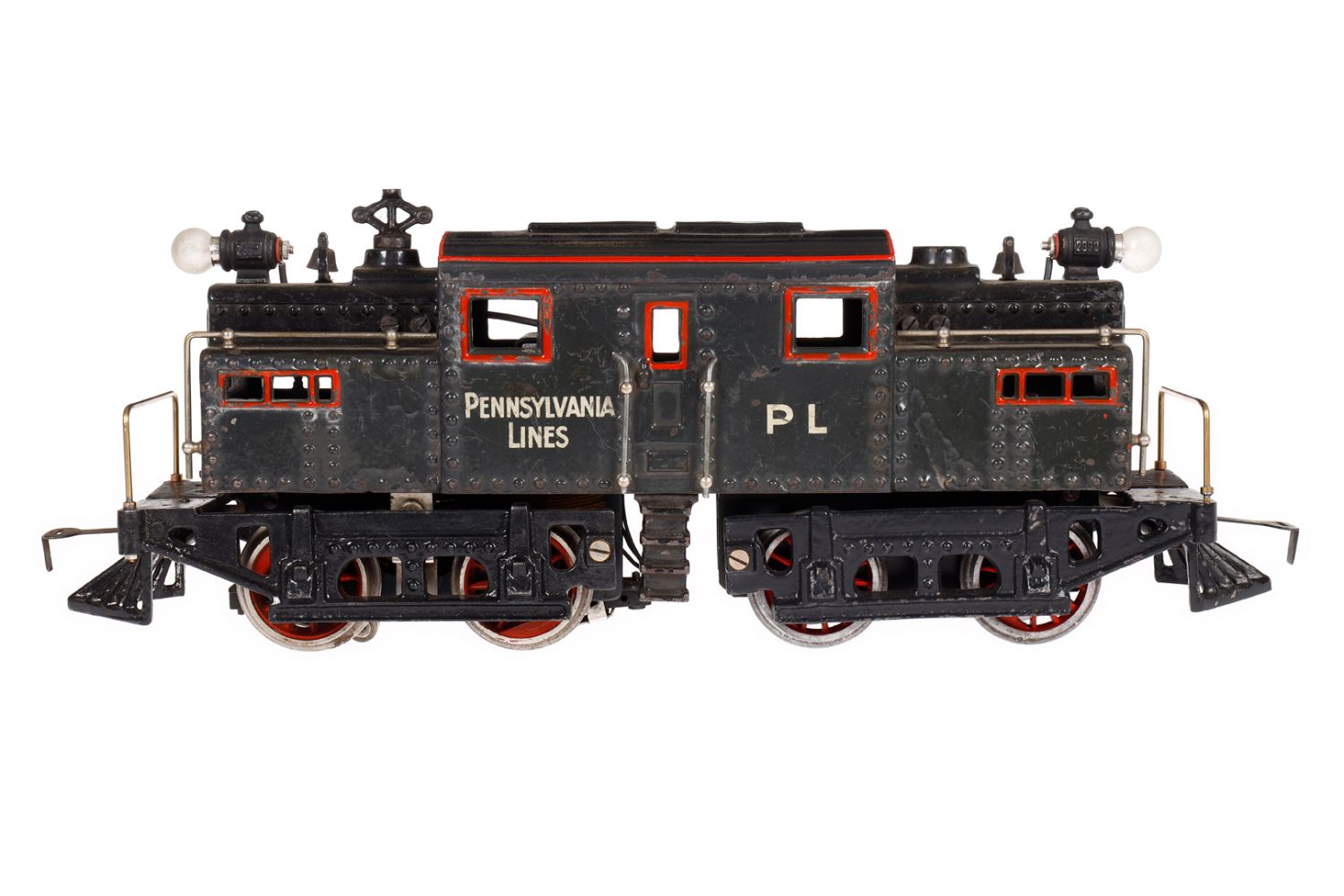
Sortieren nach:
- Auktionstyp,
- Auktionshaus
- Liste
- Galerie
-
77 Los(e)/Seite
Ca. 550 - 400 BC. A rare Daunian ceramic vessel with a deep funnel-shaped neck and a loop handle on the shoulder. It has a vertical zoomorphic pro...
Ca. 664 - 30 BC. A beautiful pale green faience amulet depicting a recumbent Khnum with long and curved horns. Khnum was the Egyptian ram god asso...
Ca. 30 BC - AD 200. A Romano-Egyptian cream faience Amphoriskos. The apple-shaped body rises and expands gently upwards from the discoid foot. It'...
Ca. 700 - 600 BC. A black-glazed Etruscan bucchero oinochoe with a short flared foot, a flaring rim, a large pinched pouring spout, and a flat han...
Ca. 1200 - 800 BC. A bronze dagger made using the lost wax casting technique. It has a slender blade and a rectangular guard, all below a wavy and...
Ca. 500 BC. A matched set of bronze fittings for a double-edged cavalry sword scabbard. This item is comprised of a bronze sleeve separated into t...
CELTIC SILVER STATUETTE
Ca. 100 BC - AD 100 . A Celtic silver statuette representing a wise man or a priest wearing a long tunic with diagonal folds. He is presented with...
CELTIC BRONZE SPUR
CA. 100 BC - 100 AD. A Celtic bronze spur compromising of a flat, rounded primary body with a point in the centre. Each end of the body features a...
Ca. AD 100 - 300. A rare, hand-forged iron pugio similar to the examples found at the Roman fort at Kunzing in Germany. It has a wide, flared blad...
Ca. AD 100. A double-edged blade with a short straight handle and a ring eyelet. This blade is a product of the Roman Sarmathian territory which e...
Ca. 100 BC - AD 100 . A slightly curved single-edged blade with a long curved handle terminating in a ring eyelet. This knife is a product of the ...
ROMAN TERRACOTTA OIL LAMP
Ca. AD 200 - 300. A terracotta oil lamp with a rounded body and a central relief depicting a man in a short toga. He is holding a small round obje...
Ca. AD 300 - 400. A tubular Roman bronze whistle with two mouth pieces, capable of producing two different notes from opposite ends. Size: 140mm x...
ROMANO-BRITISH BRONZE SHEARS
Ca. AD 100 - 200. A Romano-British pair of bronze shears composed of two triangular blades connected by a central spring-like handle. Size: 140mm ...
LARGE GROUP OF IRON AGE FIBULAE
Ca. 800 - 200 BC. A large group of bronze bow and elbow fibulae from the Iron Age to the Roman period with different types of decorated bows, seve...
Ca. AD 100 - 300. A set of three Roman bronze legionary eagles represented standing with folded wings. One of these eagles is perched on the head ...
Ca. AD 100 - 300. A set of three Roman bronze legionary eagles represented standing with folded wings; one is on top of a globe. For similar see: ...
Ca. AD 100 - 300. A set of three Roman bronze appliques in the shape of mythological figures. The first has a Phrigian hat, the second is a gorgon...
Ca. AD 100 - 300. A pair of Roman applique bull heads made in a naturalistic manner with prominent muzzles and short curve horns on the front. The...
Ca. AD 100-300. A cast bronze pendant shaped like a gladius. The gladius was a renowned short sword that became a vital component of a Roman legio...
Ca. AD 200 - 400. A Roman bronze applique shaped like a phallus, with three hooks on the back for attaching it to a statue or piece of furniture. ...
Ca. AD 100 - 300. A Roman-era open-work belt buckle made of bronze. It consists of a rectangular main body with two front hooks shaped like animal...
Ca. AD 100 - 300. A group of seven Roman bronze decorated spoons with long and thin handles, made with different kind of decorations and geometric...
Ca. AD 100 - 300. A Roman bronze handle from a vessel in the shape of a hound's head, made in a naturalistic manner with an elongated muzzle and o...
Ca. AD 100 - 300. A group of five Roman bronze belt strap ends, in amphora shapes with different details. Belts were a crucial accessory in the an...
Ca. AD 100 - 300. A Roman Legionary pendant shaped as gladius with a double edge blade tapering to the point. It has a double ridge guard and a sp...
Ca. AD 300 - 600. An Ancient Roman cast bronze brooch, modelled in the shape of a horse. The animal is depicted in a dynamic pose, with a curved n...
Ca. AD 500 - 900. A Byzantine bronze archers ring with a flat round hoop enlarged on the shoulders to form a pointed bezel adorned with geometric ...
Ca. AD 900 - 1300. A Byzantine bronze archers ring with a flat section round hoop enlarged on the shoulders to form a pointed bezel adorned with g...
Ca. AD 100 - 300. A stunning Byzantine cast bronze right arm from a small statue, depicted holding a sistrum with cross. The sistrum was a musical...
Ca. AD 800 - 1200. A Byzantine stamp seal with a flower-shaped bezel inscribed with Greek letters. The inscription is in four registers and is fra...
Ca. AD 500 - 700. A Byzantine silver votive plaque portraying Saint George slaying the dragon with a spear. Saint George is depicted on horseback ...
Ca. AD 600 - 800. A Byzantine miniature applique in cast bronze, depicting the bull of St. Luke with nice horns and ears splayed out from the top ...
Ca. AD 1300 - 1400. A remarkable medieval iron great helm. Its barrel-like design was intended to completely cover and therefore protect a knight’...
Ca. AD 900 - 1100. An Viking pendant of a discoid form, shaped from a thin sheet of silver. The circular accessory features planar faces, and slen...
VIKING SILVER INGOT
Ca. AD 800 - 1100. A rare Viking silver ingot with sub polygonal shape. For similar see: British Museum Object reference numbers: 2009,8023.30. Si...
Ca. AD 800 - 1100. A small Viking pendant made from silver. Depicting Mjolnir, the legendary hammer of the Norse thunder god Thor, the pendant fea...
Ca. AD 800 - 1100. A small pendant made from silver. Depicting Mjolnir, the legendary hammer of the Norse thunder god Thor, the pendant features a...
SIBERIAN WOODEN IDOL
Ca. 7th-8th Century AD. A wooden anthropomorphic idol with simplified features. Idols were used as objects of worship, representing gods or goddes...
MEDIEVAL VIKING AGE AXE
Ca. AD 900 - 1100. A Medieval iron axe head with a short, linear blade bearing a sharpened edge. A black patina with russet areas covers the entir...
MEDIEVAL IRON BATTLE AXE
Ca. AD 900 - 1100. An iron battle axe with a flaring blade, heavy poll, and an oval socket. Weapons like these were multi-purpose and were a favou...
Ca. AD 400 - 600. An elegant Merovingian sword. The long, double-edged blade bears an extremely shallow fuller and culminates in a sharp tip. The ...
Ca. AD 400 - 600. A Merovingian bronze ring featuring a round hoop connected to a circular bezel. The bezel is decorated with an engraved mytholog...
MACE HEAD WITH CHAIN
Ca. AD 1500 - 1700. A mace head with a chain. This example has a rounded head. The military flail is a historical oddity with very few references ...
MEDIEVAL IRON SWORD
Ca. AD 1400 - 1450 . A medieval forged iron sword with a circular pommel and curved crossguard. In Ewert Oakeshott’s typology of swords, this blad...
Ca. 1500-1600 AD. A steel hunting knife with a broad rectangular-shaped heavy blade adorned with hallmarks. The single-edged blade possesses remar...
A FRENCH SMALL SWORD IN SILVER
Ca. 18th century AD. An elegant French small sword, a weapon that epitomizes the sophistication and artistry of the 18th century. This exquisite w...
A LARGE KRIS DAGGER
Indonesia, ca. 19th-20th century AD. A kris dagger with an elegant and distinctive blade-patterning achieved through alternating laminations of ir...
SELJUK BRONZE INKWELL WITH LID
Ca. AD 1100 - 1300. A charming Seljuk cast-brass inkwell with a cylindrical body and thin-lipped lid. A pair of horizontal handles are on one side...
KASHAN TURQUOISE GLAZED JUG
Ca. AD 1200. A turquoise glazed pottery jug of inverted pear shape, resting on a low circular base. The lower body is connected with a funnel-shap...
EUROPEAN MESOLITHIC HORN AXE
Ca. 8000 - 6000 BC. A horn axe with a slightly curved profile, and a single, drilled hole, which allowed for attachment to a handle, making it an ...
WESTERN ASIATIC BRONZE SWORD
Ca. 1200 - 700 BC. A bronze short sword with a triangular double-edged blade. There are decorative and structural ribbing on the blade itself, whi...
Ca. 2000 - 1600 BC. A collection of three cast bronze dagger from the European cultures. The weapons have two shape edges and shallow mid rib ende...
WESTERN ASIATIC BRONZE DAGGER
Ca. 1200 - 800 BC. A bronze dagger made using the lost wax casting technique. It has a slender blade, rectangular guard, all below a wavy and flan...
Ca. 2000 - 1600 BC. A collection of three European cast bronze daggers. The weapons have two sharp edges, a shallow mid rib and a short tang. Attr...
Ca. 2000 - 1600 BC. A pair of European cast bronze daggers. The daggers have sharp edges and a shallow mid rib. Attributed to the Canaanite region...
BRONZE AGE BRONZE AXE HEAD
Ca. 1500-1000 BC. A cast bronze axe head featuring a cylindrical shaft and a bearded blade that terminates in a convex cutting edge. Bronze axes w...
BRONZE AGE ADZE
Ca. 1200-900 BC. A Bronze Age bronze adze. An adze is a cutting tool similar to an axe but with the cutting edge perpendicular to the handle rathe...
Ca. 700 - 500 BC. An Early Scythian bronze curved dagger with superb hammering and lovely grooves as decoration. Primarily a tool, this blade woul...

